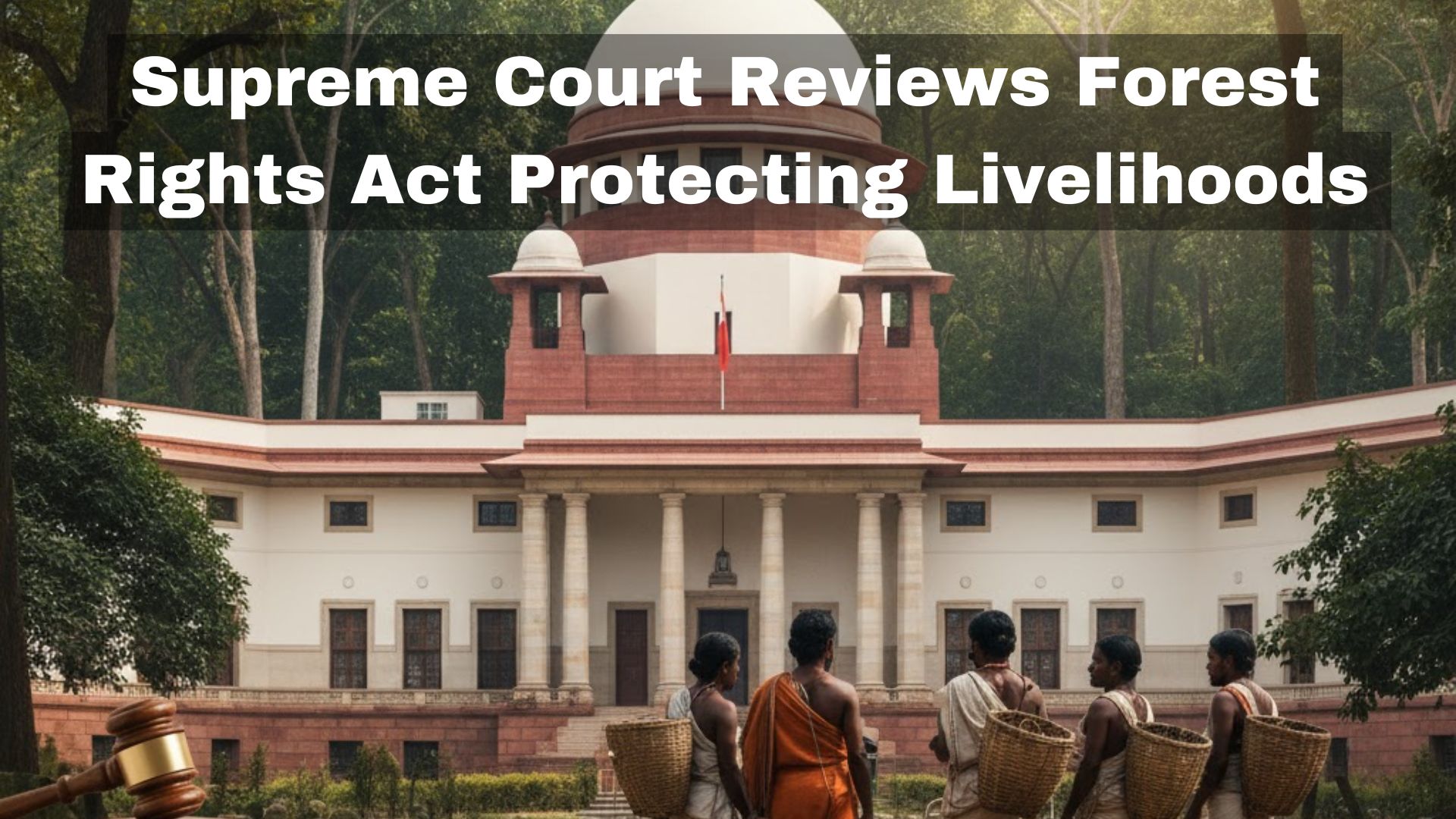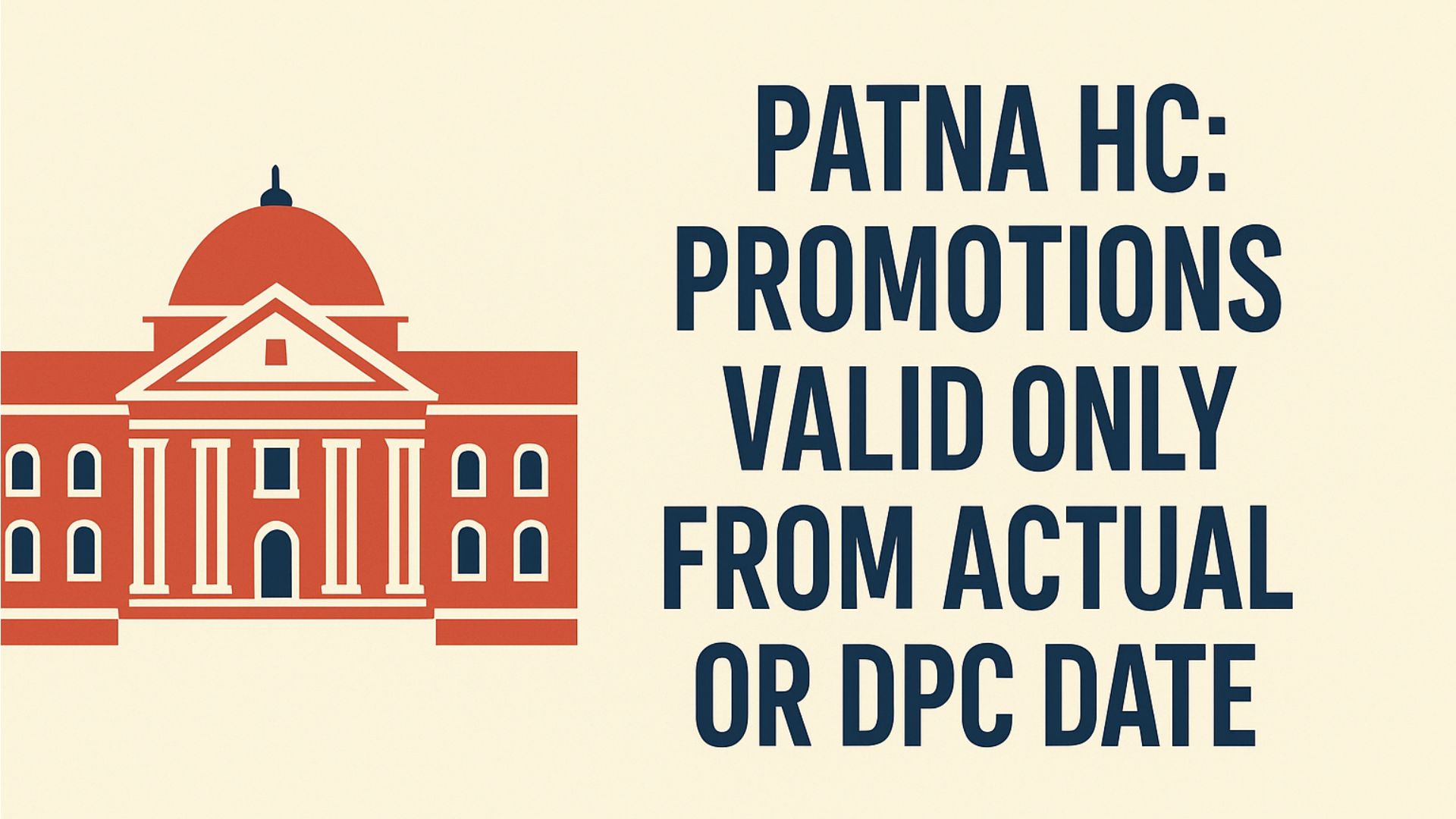Raman Nayar, J.@mdashI think that the amendment sought ought to have been allowed even though it involved bringing a new plaintiff on the
scene with a new cause of action, a new subject-matter, and a new prayer, not, it may be remarked, by way of substitution but by way of addition.
All the more so since the application was made at a very early stage of the suit, even before the defendants had filed their written statements; in
fact, the written statements have not yet been filed. For, under Order VI, rule 17 of the Code, the court has a wide discretion in these matters, a
discretion which is no longer hampered by the proviso to section 53 of the old Code which said that the plaint shall not be amended so as to
convert a suit of one character into a suit of another and of inconsistent character. As laid down by the Supreme Court in Pirgonda Hongonda Patil
Vs. Kalgonda Shidgonda Patil and Others, , all amendments ought to be allowed, at any stage of the proceedings, which satisfy the two conditions,
(a) of not working injustice to the other side, and (b) of being necessary for the purpose of determining the real questions in controversy between
the parties. These then are the cardinal tests. In the present case no question of limitation arises, and no argument of any prejudice to the
defendants by reason of the amendment has been urged before me. The simple question then is whether the amendment is necessary for the
purpose of determining the real questions in controversy. The suit was brought by the present 1st plaintiff, a firm, by the name of M. Peres & Sons,
as the sole plaintiff. It was a suit against five defendants, principally the 1st defendant who alone seems to be really interested and who alone has
chosen to appear. (The remaining defendants may therefore well be ignored and hereafter the 1st defendant will be referred to as merely the
defendant). It was in respect of immovable property to which the 1st plaintiff claimed title by reason of a purchase from the 2nd plaintiff company
which, in turn, was a purchaser from the defendant. The prayer was for an injunction to protect the possession of the 1st plaintiff, in the alternative,
for recovery of possession. Although, as I have said, the defendant has not yet filed his written statement it appeared from the contentions raised
by him in an interlocutory application for a temporary injunction that his principal defence was that the property in question did not belong solely to
the 2nd plaintiff, but, by reason of a partnership agreement between himself and the 2nd plaintiff by which a firm called the St. Thomas''s Estate
came into being, became an asset of the firm although until then it belonged solely to the 2nd plaintiff by right of purchase. It also appeared that the
1st plaintiff''s answer to this was that the property itself was not a partnership asset, the partnership agreement being confined to the cultivation of
the property (and being unregistered incompetent to effect any transfer of the property) and further that the partnership, such as it was, had already
been determined by the 2nd plaintiff in accordance with the terms of the agreement. The controversy then between the 1st plaintiff and the
defendant was whether or not the property was a joint asset of the 2nd plaintiff and the defendant or the individual property of the 2nd plaintiff and
whether or not the partnership which according to the 1st plaintiff was limited to the cultivation of the property had been dissolved so as to entitle
the 1st plaintiff to immediate possession. Now, it seems to me, that if the 2nd plaintiff had independently brought a suit for dissolution against the
defendant, the 1st plaintiff could properly have brought himself on record in that suit and, even if the property was found to be partnership property
prayed for such equities as flowed from his purchase of a partnership asset from one alone of the partners. What actually happened however was
that instead of the 2nd plaintiff bringing an independent suit, two joint applications were made by the plaintiffs on the same day, one for bringing the
2nd plaintiff on record as a supplemental plaintiff, and the other, praying for an amendment of the plaint by asking for certain new reliefs on behalf
of the 2nd plaintiff. The 2nd plaintiff wanted an account to be taken of the dissolved partnership between himself and the defendant and a division
affected of the partnership assets; in the alternative, he asked for a dissolution of the partnership and for accounts and a division of the assets. The
application for impleading the 2nd plaintiff as a supplemental plaintiff seems to have been allowed without notice. But, on the application for
amendment, notice was ordered, and, after having heard the defendant, the court below has dismissed the application on the ground that it
introduces a new cause of action and a new subject-matter. Against this order the two plaintiffs have come up in revision.
2. It is not disputed that a joint suit by the two plaintiffs seeking the reliefs which by the amendment they seek could properly be brought. The two
plaintiffs can, it would appear, properly join to bring such a suit under the provisions of Order I, rule 1; and, if leave were necessary under Order
II, rule 4, that leave would readily be granted. And under Order I, rule 4, judgment could be given for such of the plaintiffs as may be found to be
entitled to relief, for such relief as they may be entitled to. I would go further and say that if the plaintiffs had, in the first instance, brought such a suit
they would only have been obeying the direction in Order II, rule 1. Moreover, if the 2nd plaintiff were to bring a separate suit for the reliefs he
now seeks by way of amendment the 1st plaintiff could properly be made a party to such a suit. The present suit would, in that event, be virtually
part of that suit and, in all likelihood, the two suits would have been heard together. And even if it were found that the property was a partnership
asset, the 1st plaintiff could have prayed for the equitable relief of an allocation of the property to the 2nd plaintiff''s share. That being so, and it not
being the case that the defendant would suffer any prejudice whatsoever by a consolidation of two such separate suits, I fail to see why the
separate second suit should not come in by way of amendment to the existing plaint.
3. The bounds of the power under Order VI, rule 17 are defined in explicit terms by the rule itself and I think it profitless to refer to the many
authorities cited at the bar, for, in setting down the limits, they do little more than repeat the language of the rule. Whether a particular case falls on
this or that side of the line must depend on its own facts and of the numerous decisions brought to my notice the nearest to the present case is
Karimbhai v The Conservator of Farests, N.D. (ILR 4 Bom. 222) where amendment was allowed by the High Court in appeal. It seems to me
that in the present case the two cardinal tests are satisfied. There was never any question of injustice to the other side and I think that the presence
of the 2nd plaintiff and the amendment sought are necessary for the purpose of an effective determination of the real questions in controversy.
4. I am told that the defendant has applied to the court below for a review of its order allowing the 2nd plaintiff to come on record. Of course, in
view of what I have said, no question of any such review can arise.
5. The court below has, in dismissing the application for amendment, placed great reliance on the following observation of Lord Buckmaster in Ma
Shwa Mya v Maung Mo Hnaung (I.L.R. 48 Cal. 835 at 835):
All rules of Court are nothing but provisions intended to secure the proper administration of justice, and it is therefore essential that they should be
made to serve and be subordinate to that purpose, so that full powers of amendment must be enjoyed and should always be liberally exercised, but
none the less no power has yet been given to enable one distinct cause of action to be substituted for another, nor to change, by means of
amendment, the subject matter of the suits.
The observation I might remark was made on the very special facts of that case. But even if it is to be literally obeyed I may say that in the present
case, there is no substitution of one cause of action by another or a change of the subject-matter, but only an addition of a cause of action and a
subject-matter though doubtless distinct and different, That apart, it is to be noticed that in L.J. Leach and Company Ltd. Vs. Jardine Skinner and
Co., their Lordships of the Supreme Court allowed the substitution of one cause of action and one subject-matter by a distinct cause of action and
a different subject-matter. By an amendment of the plaint they allowed a suit in trover to be converted into one for breach of contract, and this
notwithstanding that a new action would be barred by time and that amendment was sought at the stage of the appeal to the Supreme Court.
6. It has been argued on behalf of the defendant that the suit for dissolution of partnership and accounts is barred by reason of a provision in the
partnership agreement for the settlement of disputes by arbitration, and it is pointed out that the same human beings go to make the 1st plaintiff firm
and the 2nd plaintiff company, only their juristic masks being different. It is said that the sale by the 2nd plaintiff to the 1st plaintiff and the
subsequent suit by the 1st plaintiff are only devices to overreach the defendant in an attempt to ignore the provisions of the partnership agreement. I
can only say that, if that be so, such an attempt can scarcely succeed and that these are matters which the defendant should urge in defence of the
suit, not matters which he should urge against the proposed amendment. In fact I should have thought that the defendant should welcome the
amendment as affording him a direct opportunity of exposing the true nature of the plaintiffs'' designs.
7. I allow the petition and grant the plaintiffs'' application for amendment. But, as a condition thereof, the plaintiffs will pay the defendant Rs. 100/-
as costs. The court below will see that this payment is made before the actual amendment is carried out. I might mention that one of the objections
taken by the court below, an objection not taken by the defendant either here or there and which he seems anxious to disclaim, is that the
application for amendment was bad in that it was signed only by counsel for the plaintiffs and not by the plaintiffs themselves. This the court thought
was against Order VI, rule 14 which requires that every pleading shall be signed by the party and his pleader (if any). But it is clear that an
application for the amendment of a plaint is not a ""pleading"" as that term is defined in Order VI, rule 1, and to say, as the lower court has done,
that it is a pleading because eventually what is found there will be embodied in the plaint, is certainly going too far. It will be time enough for the
plaintiffs to comply with Order VI, rule 14 when the plaint is actually amended.

